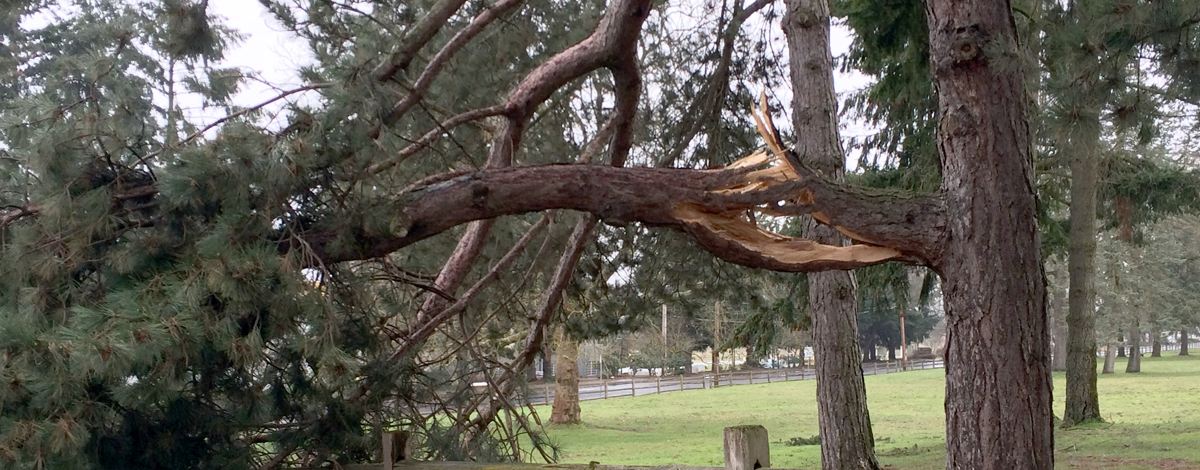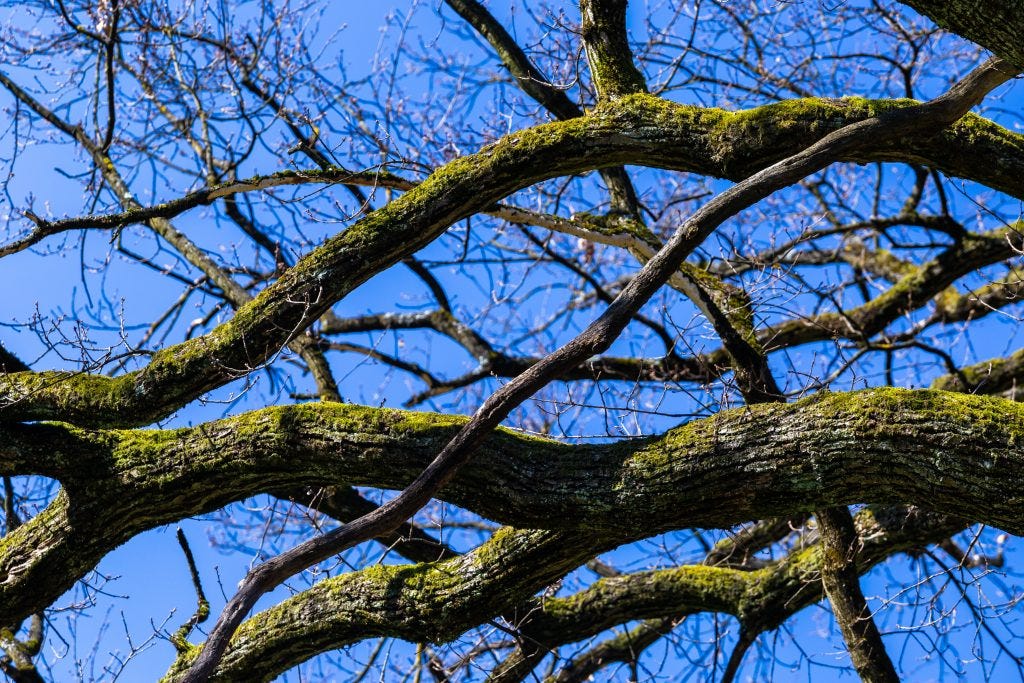
Trees are magnificent additions to our landscapes, providing shade, beauty, and a host of environmental benefits. However, they can also pose risks when they develop issues or become structurally compromised. In this article, we'll explore five common tree hazards and how to address them to ensure safety and maintain the health of your trees and your outdoor environment.
1. Dead or Dying Trees
Dead or dying trees are not only unsightly but can also be hazardous. They are more likely to shed branches or even fall over, posing a risk to people and property. To address this hazard:
- Removal: The most straightforward solution is to remove the dead or dying tree. A professional arborist can safely fell the tree, ensuring it doesn't harm anything on its way down.
- Pruning: In some cases, you might consider pruning away the dead or diseased branches to extend the life of the tree, but this should only be done by a skilled arborist.

2. Leaning Trees
Leaning trees can be a sign of structural instability, root issues, or simply a natural growth pattern. Regardless of the cause, a leaning tree can be a potential hazard if it falls in the wrong direction. To address this hazard:
- Professional Assessment: Have a certified arborist assess the tree to determine the cause of the lean and whether it poses a risk. Depending on the assessment, they may recommend removal, cabling and bracing, or other measures.
- Cabling and Bracing: In some cases, trees can be stabilized with cabling and bracing systems to prevent them from falling. This should be done by a professional arborist.
3. Diseased Trees
Tree diseases can weaken a tree's structural integrity and make it more prone to branch breakage or overall decline. Addressing tree diseases is crucial to maintain the health of your landscape:
- Diagnosis: If you suspect a tree is diseased, consult a professional arborist who can diagnose the issue and recommend the appropriate treatment.
- Treatment: Depending on the disease, treatment might include pruning away affected branches, improving soil and tree health, or applying fungicides. The best course of action will depend on the specific disease.
4. Branch Failures
Branch failures occur when a branch breaks or falls from a tree. This can be caused by factors such as weak attachments, excessive weight, or adverse weather conditions. To address branch failures:
- Pruning: Regular pruning by a skilled arborist can help reduce the risk of branch failures. They can identify and remove weak or damaged branches.
- Cable and Bracing: Cabling and bracing systems can be used to reinforce weak branches, reducing the risk of failures.
- Monitoring: Keep an eye on your trees for signs of stress or damage. Early detection and intervention can prevent branch failures.
5. Root Problems
Root problems are often hidden and can affect a tree's stability. Compacted soil, construction damage, or disease can all damage a tree's root system. To address root problems:
- Soil Aeration: In cases of compacted soil, aerating the soil can improve root health and encourage new root growth.
- Avoid Construction Damage: Preventing root damage during construction or landscaping projects is essential. Establish root protection zones and consult with an arborist to minimize potential harm to your trees.
- Root Disease Treatment: If root problems are due to disease, consult an arborist for a diagnosis and treatment plan.

Tips for Preventing Tree Hazards
Preventing tree hazards is often more straightforward and cost-effective than addressing them after they occur. Here are some tips to reduce the risk of tree hazards in your landscape:
1. Regular Pruning and Maintenance: Schedule regular pruning and maintenance by a professional arborist to keep your trees healthy and structurally sound.
2. Soil Management: Ensure that your soil is well-maintained with proper drainage and aeration. Healthy soil promotes strong root systems.
3. Avoid Compaction: Take measures to avoid soil compaction around your trees, which can damage roots and impede their ability to absorb water and nutrients.
4. Monitor Your Trees: Regularly inspect your trees for signs of disease, stress, or structural issues. Early detection can prevent larger problems.
5. Proper Tree Selection: Choose tree species that are well-suited to your region and soil type to reduce the risk of disease and other issues.
Conclusion
Tree hazards can pose significant risks to your property and the safety of those who inhabit it. By identifying common tree hazards and addressing them promptly with the help of a certified arborist, you can ensure that your landscape remains beautiful, healthy, and safe. Regular tree maintenance and prudent tree selection are key to preventing tree hazards and maintaining a thriving outdoor environment.
Website:- https://salastree.com/
Google Map:- https://g.page/r/CeHUF3QQpMChEBM/
Contact Information
Salas Tree Service
Address:- 2712 Preston Lake Dr, Tucker, GA 30084
Phone:- (678) 558-4863
Email:- [email protected]
External Links:-
























